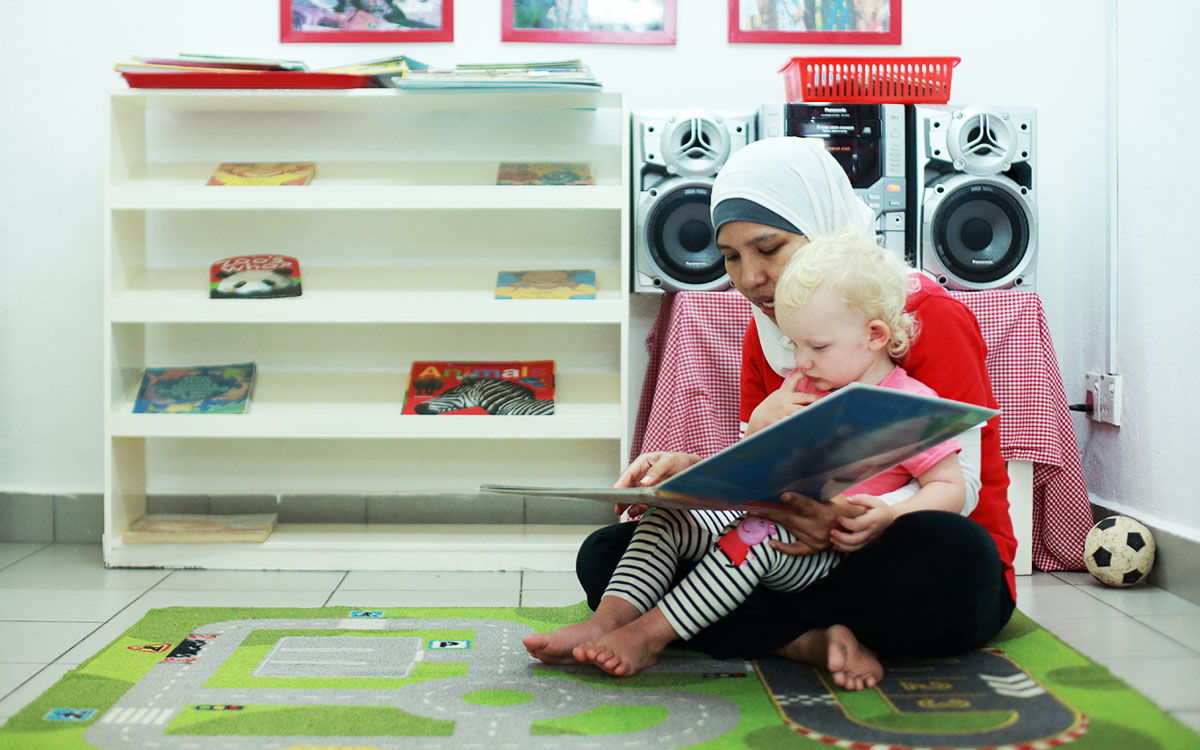You might have heard of the old adage: distance makes the heart grow fonder. In this situation, that is likely true but on different grounds. You may have heard of the term Quiet Time. What is it exactly and how can time away from my children possibly benefit me as a parent?
Aside from the rewards of parenthood and the joyous moments of laughter and love, children can be quite a handful. Often, parents need a break from their rambunctious bundles of joy.
Quiet time is not to be mistaken for a ‘time out’. In some households and schools, a time out is the preferred method of soft punishment where if a child acts out inappropriately or misbehaves, they are sent to a corner to reflect on their actions for a certain amount of time, depending on their age.
Quiet time is quite the opposite of a punishment. Consider having an hour or at least 40 minutes dedicated to resting and allowing your body to just relax. Quiet time has been proven to be mentally beneficial not only for parents who are looking for a break, but also for the developing child.
Why Should I Start Quiet Time with My Child?
Cognitive Development
In a study conducted by the University of New York, researchers found that the brain tends to strengthen a memory during periods of rest while conscious. The machine used a brain scan called a functional magnetic resonance imaging (fMRI), which showed massive amounts of brain activity during periods of study and the following resting period. The conclusive results showed that rest is significant for cognitive or brain development ¹.
Creative Release
Disconnect from technology. Children these days often spend time in front of a black screen consuming a wide range of content that may or may not be geared toward them or their age range. Taking this time out to let their mind wander without the constraints of consumer media would greatly benefit their creative side ².
The Practice of Mindfulness
In today’s competitive society, anxiety and stress levels in children have been hiking higher with each generation ³. The pressure created by our fast-paced environment has translated not only in adults but in adolescents and children as young as 6 years 4.
To alleviate this concern, it’s good to teach your children how to manage their feelings and emotions through being mindful. Practising mindfulness helps a child connect and understand their environment around them. Children will need a lot of guidance in this aspect and will be a huge step toward building a focused mind so start small! Talk about the little things that matter, being grateful for the things that are taken for granted for instance.
Building Positive Solitude in Children
Solitude can be described as a physical state of being alone. Whether positive or negative, parents can guide the child toward a better (positive) solitude experience. Research shows that during this time of seclusion, development of self-reflection, creative activity and development of personality takes place. These important brain activities were noted by psychiatrists who pronounce solitude as a developmental process that is equivalent to building strong relationships 5.
Builds Independence, Instils Confidence
Does the proverb ‘the apple doesn’t fall too far from the tree’ sound familiar? Children are great at imitating and being the smaller version of yourself, because they regurgitate the habits of parents. But what happens when the parent isn’t around to show them how to do things? During quiet time, children are free to do as they please (within safe and acceptable constraints). They may take this time to realise that they are capable of doing certain things by themselves, thus instilling independence.
How Do I Start Quiet Time?
There is no better time than the present. When you’re looking to build a habit, you must first start. If your child is already taking regular naps, assure them the importance of taking a break from time to time. This would be easier for when you want to transition out of regular naps and into quiet time instead.
It’s important to establish rules such as the time period of each quiet time – Is one hour of silence and self-reflection sufficient for both you and your child?
If you’re looking to use quiet time as part of your discipline strategy, keep in mind that discipline is about teaching the child about a certain behaviour and guiding them to express the appropriate response instead of lashing out when they don’t get their way 6.
My Child Is Resistant Toward Quiet Time – Help!
If your young one is not receptive to the idea, just keep in mind that any change in routine is a possible trigger. Be patient and introduce the concept gradually, reassuring the importance of quiet time for both yourself and your child.
For instance, ease your child into quiet time by giving them 10 minutes. Once the child is comfortable with the idea and has explored what they can do with the 10 minutes, gradually increase the time to 20 minutes, then 30 minutes and so on.
You can also opt for a visual aid and use a timer counting down to the end of quiet time. Being able to see how much time is left on the clock could console your child. Give suggestions to your child on what they can do during quiet time – let it be reading a book, playing with their toys or simply daydreaming.
Conclusion
Theory may not always agree when it comes to practice but just remember that in order to develop a habit, one mustn’t stop. As parents, we always want the best for our young children so it’s important to be patient and consistent when implementing a new routine.
Take that break, mums and dads.
We all need it
Reference
- Quiet Time Benefits
- A mind at rest strengthens memories
- Discipline is not a punishment
- Solitude in children and adolescents
- Discipline strategies
- Mindfulness and Education

